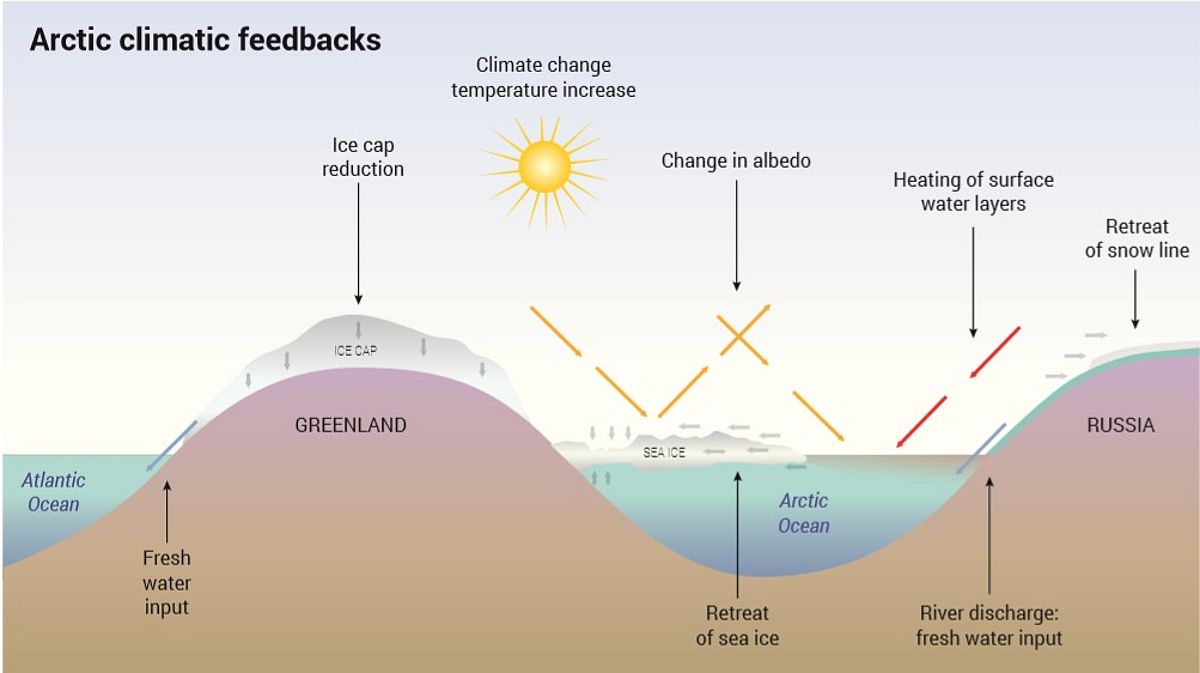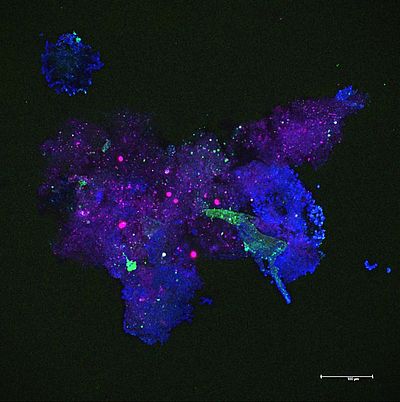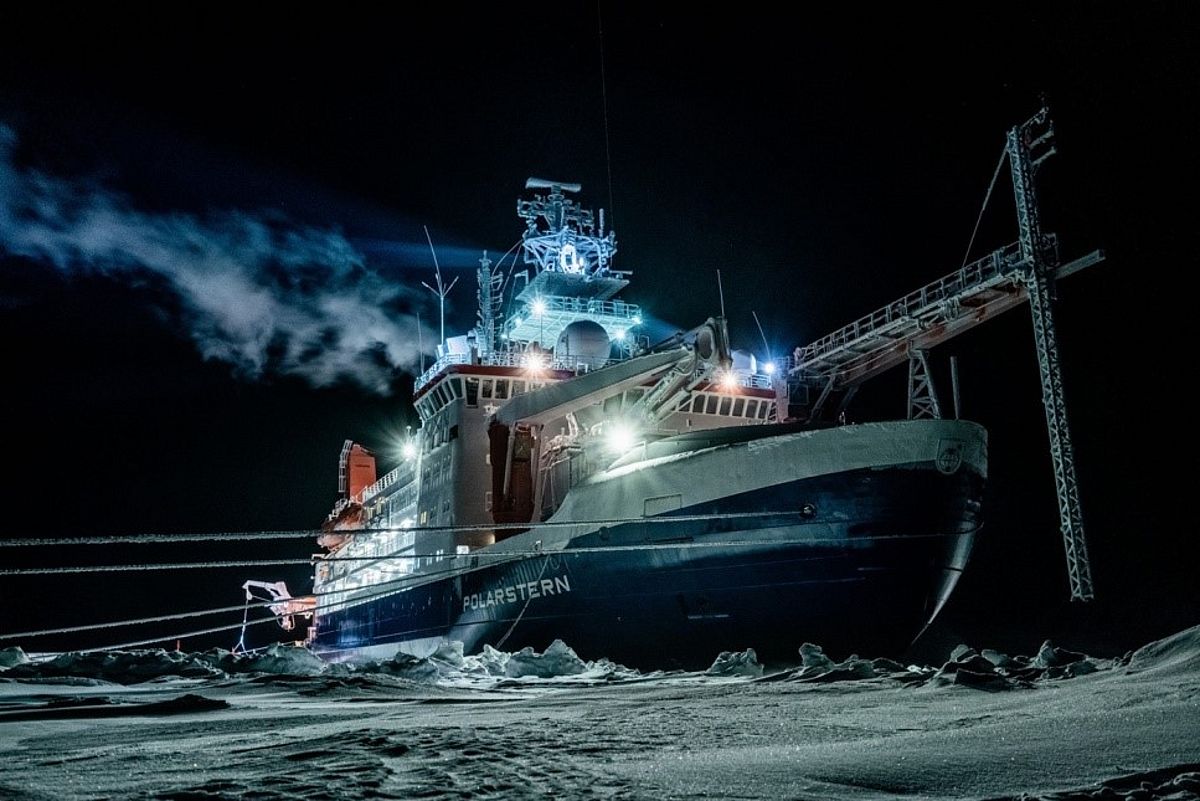The Arctic Ocean plays a key role in regulating the global climate and is highly sensitive to climate change. Temperatures have increased more strongly at the poles than the global average during the recent and the year 2018 marked the sixth lowest sea-ice minimum in the nearly 40-year satellite record. Loosing sea-ice triggers a combination of feedback processes known as a “Arctic Amplification” phenomenon. For example, when sea ice melts in the summer, it opens up dark areas of water that absorb more heat from the sun, which in turn melts more ice. This “feedback loop” also includes the effects of melting snow and thawing permafrost. The loss of sea ice changes the light environment, available nutrients and consequently food web processes and the microbial loop.
The effect of the Arctic Amplification is also most pronounced in winter, however, there is hardly any data available for the Polar Night season because of the logistical challenges involved navigating sea ice covered areas. But winter data is needed to establish year-around baselines and to understand seasonal cycles.





